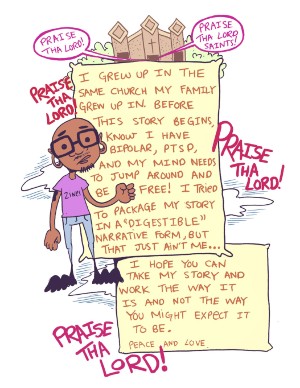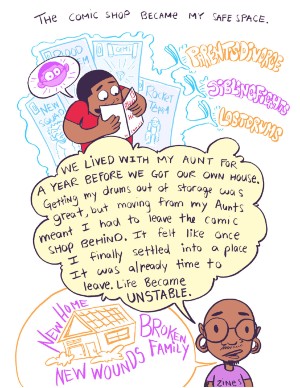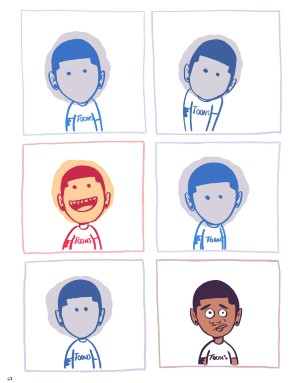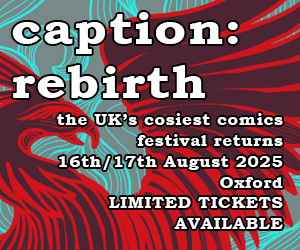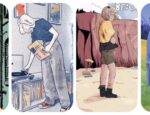Described as “Kinda a Graphic Memoir” Lawrence Lindell’s From Truth with Truth works as a visual essay on identity, mental health, Blackness and healing. Lindell adopts an informal, conversational approach to his story in these pages and mirrors that with an often amiably unstructured approach to page layouts as he explores his childhood, religious upbringing, young adulthood and struggles with depression, and the way in which these individual facets shaped his life.
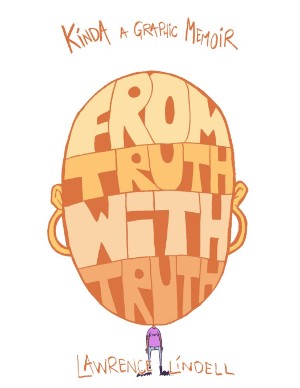 In his early years the routine and ritual of churchgoing is a central part of Lindell’s family’s world. Comics also become a pivotal force in young Lawrence’s life with the environs of the comic shop becoming a safe space for him when his parents divorce and he, his mother and his sister go to live with his aunt. One key scene sees him stumbling across the 25 cent bargain boxes in his local store, the sense of joyous discovery in this sequence positively radiating off the page.
In his early years the routine and ritual of churchgoing is a central part of Lindell’s family’s world. Comics also become a pivotal force in young Lawrence’s life with the environs of the comic shop becoming a safe space for him when his parents divorce and he, his mother and his sister go to live with his aunt. One key scene sees him stumbling across the 25 cent bargain boxes in his local store, the sense of joyous discovery in this sequence positively radiating off the page.
The instability of his childhood – upheavals are common both in terms of domesticity and education – and one particularly traumatic experience of violent crime become the foundation of problems Lindell will go on to have in later life. In due course Lawrence will have to deal with PTSD, bipolar disorder and depressive states that include intrusive thoughts.
We follow his story through his teenage years as he becomes involved in a band, and his time at art school and beyond. After a disastrous time studying in Canada, Lindell’s life slowly begins to unravel on his return to the US; his mental health issues having physical repercussions, and a succession of poorly paid jobs partnering with a depressive state. Here Lindell memorably grasps the visual language of the form using colour and a procession of static self-images to symbolically indicate his transitions from depression to mania, detachment to lucidity, over an extended period of time.
What’s also immediately striking about Lindell’s craft is his use of lettering to underline mood and theme. It snakes around objects and scenes, sometimes obscured by the action, sometimes moving to the forefront or swirling around its subject with dramatic emphasis, and sometimes metamorphosising to reflect emotional truths. It’s a subtler storytelling device but it’s one that Lindell uses with great skill and insight, and it becomes an integral part of his narrative toolbox in these pages.
What makes From Truth with Truth such an engaging read is Lindell’s easing presence as narrator, often side-commentating on the very events he is recalling. There are sections where perhaps longer textual exposition could have been broken up with visual representations of events. But otherwise what he has fashioned here is an account with a quietly connective power; one that speaks to us with its shared experiences of self-discovery, acceptance and the road to recovery.
There’s something very reassuring about the expressive candour of From Truth with Truth. It’s a graphic memoir from which the reader leaves feeling incredibly grateful that the creator has chosen to share their story with them and, no doubt, it’s one that many will take inspiration from in knowing that they are not alone in their own struggles.
For more on the work of Lawrence Lindell and his online store visit his website here.
Review by Andy Oliver





